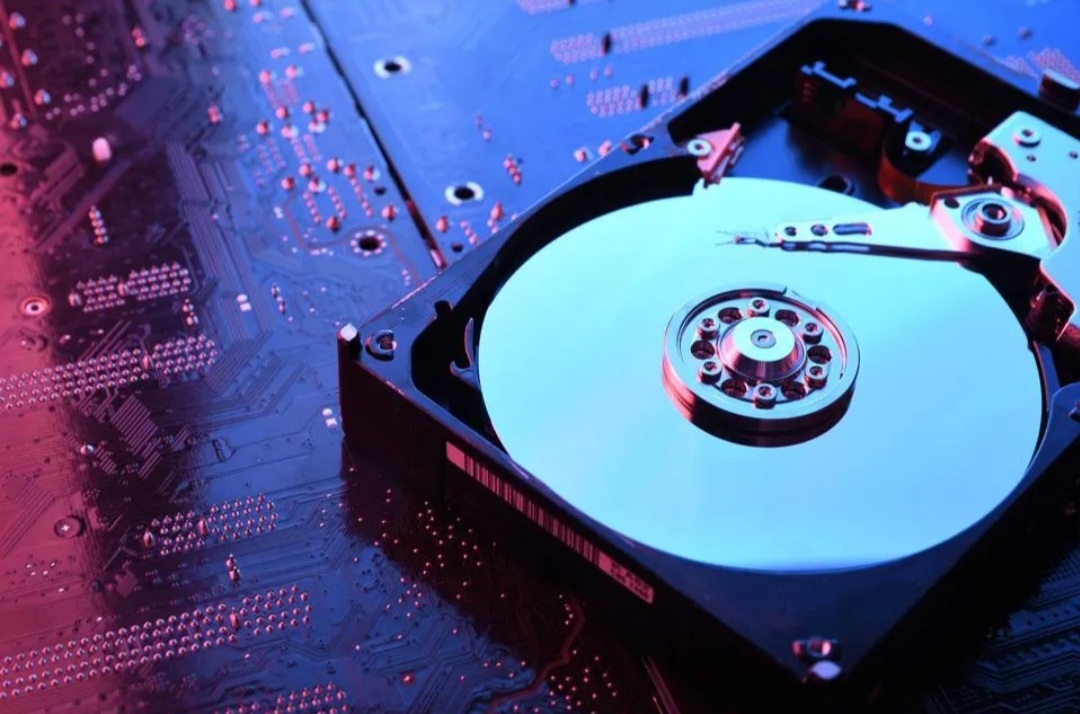How to Recover Data from a Damaged Hard Drive or Device

Losing data can be a traumatic experience. Whether it’s cherished photos, important documents, or project files, data loss can disrupt your life and work. When your hard drive or storage device becomes damaged, panic often ensues, but there are steps you can take to increase your chances of a successful recovery.
Identifying the Type of Damage
Before attempting recovery, understanding the nature of the damage is crucial:
- Logical Damage: This refers to corruption in the file system, virus attacks, accidental deletion, or formatting. Files are still present on the drive but inaccessible.
- Physical Damage: This involves hardware issues like damaged read/write heads, bad sectors, platter scratches, or electronic failures. The drive may produce clicking sounds, not be recognized, or fail completely.
Steps for Data Recovery
1. Stop Using the Device Immediately
Further use of a damaged drive risks overwriting lost data, making recovery more difficult. Power down your device and disconnect the damaged drive.
2. Assess the Damage
- Minor Logical Issues: If you suspect minor logical damage, proceed cautiously with data recovery software.
- Physical Damage: For any signs of physical damage, do not attempt DIY fixes. Consult a professional data recovery service.
3. Data Recovery Software (For Logical Damage)
Several reputable data recovery software options exist:
- Disk Drill (https://www.cleverfiles.com/)
- EaseUS Data Recovery Wizard ([invalid URL removed])
- Wondershare Recoverit ([invalid URL removed])
These programs typically offer a free scan that identifies recoverable files before you commit to purchasing the software.
Instructions:
- Download and install the software on a healthy computer.
- Connect the damaged drive as an external device.
- Run the software and select the damaged drive for scanning.
- Preview recoverable files.
- Purchase a license (if necessary) and recover the data to a secure, separate location.
4. Professional Data Recovery Services
For severe physical damage, your best chance of recovery is a professional service. These companies have specialized cleanroom environments and tools to handle delicate hard drive repairs. Search for reputable companies in your area.
Important Considerations
- Cost: Professional recovery can be expensive, so obtain quotes in advance.
- Time: Recovery may take days or even weeks.
- Success Rate: Recovery is never guaranteed, especially with significant physical damage.
Preventing Data Loss
The best defense is a good backup strategy:
- The 3-2-1 Rule: Keep at least three copies of your data: one primary copy, one local backup, and one off-site backup (e.g., cloud storage).
- Regular Backups: Automate backups to ensure your data is regularly protected.
- Test Restores: Periodically test backups to verify they are working correctly.
Conclusion
Data recovery from a damaged hard drive can be a challenging process. Understanding the type of damage and utilizing the appropriate methods is crucial for increasing your chances of success. Always prioritize prevention by maintaining robust backups to minimize the impact of potential data loss incidents.



